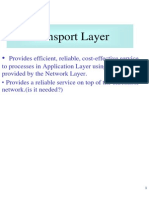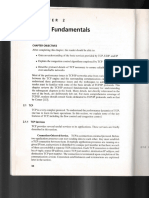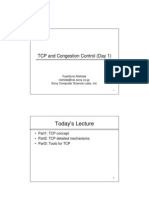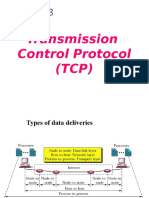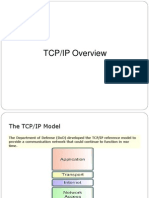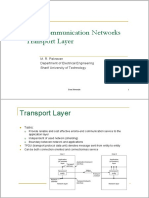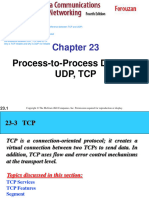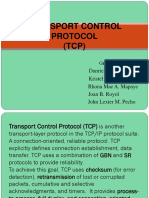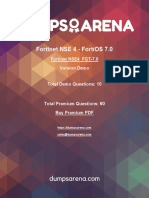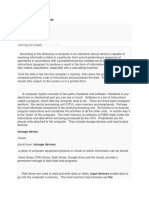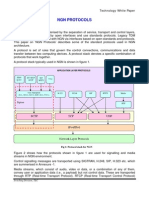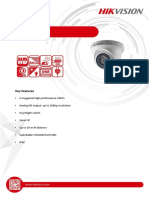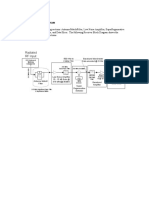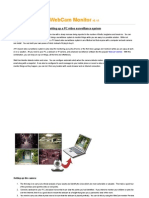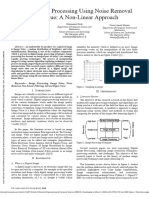0% found this document useful (0 votes)
96 views16 pagesTransmission Control Protocol (TCP)
TCP provides reliable data transfer over an unreliable internet by using error detection, retransmissions, sequence numbers and acknowledgments. It is connection-oriented, with a three-way handshake to establish connections between two endpoints. TCP headers include fields for sequence numbers, acknowledgment numbers, windows and checksums. TCP ensures reliability, flow control and congestion control through mechanisms like sliding windows, buffers and dynamically adjusting transmission speeds. Connections are established and terminated through defined message exchanges using SYN, ACK and FIN packets.
Uploaded by
Diwakar SinghCopyright
© © All Rights Reserved
We take content rights seriously. If you suspect this is your content, claim it here.
Available Formats
Download as PPTX, PDF, TXT or read online on Scribd
0% found this document useful (0 votes)
96 views16 pagesTransmission Control Protocol (TCP)
TCP provides reliable data transfer over an unreliable internet by using error detection, retransmissions, sequence numbers and acknowledgments. It is connection-oriented, with a three-way handshake to establish connections between two endpoints. TCP headers include fields for sequence numbers, acknowledgment numbers, windows and checksums. TCP ensures reliability, flow control and congestion control through mechanisms like sliding windows, buffers and dynamically adjusting transmission speeds. Connections are established and terminated through defined message exchanges using SYN, ACK and FIN packets.
Uploaded by
Diwakar SinghCopyright
© © All Rights Reserved
We take content rights seriously. If you suspect this is your content, claim it here.
Available Formats
Download as PPTX, PDF, TXT or read online on Scribd
/ 16




